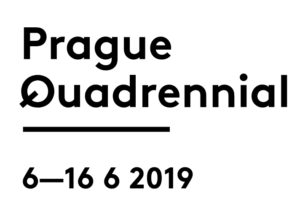The Stage and the City: Spatial Design for Cities and Performance
In his introduction to The Routledge Companion to Scenography (2017:12), Arnold Aronson describes how with PQ 2011, the architecture section —usually a static exhibition of models and plans— was renamed to become “Performing Space or Ephemeral Section of Architecture”. From then on, the focus on architecture became “truly ephemeral, consisting largely of events in the streets and on the river, in installations, and performances”. Later on, Aronson writes that “If the PQ is seen as a barometer of world scenography, then the purely visual, concrete, and semiotic aspects of scenography are being replaced by the spatial, the temporal, and the intangible.”
The practice of designing the public realm of the city and its built environment is also experiencing profound change. Architecture’s relation to space and time is questioned by younger generation of designers challenging the authoritative know-all figure of the architect through collaborative design, and the permanence of the built environment through lightweight temporary structures. Such projects de facto question the role of the citizens against the architect or the urban planner, the same way that “scenography defin[ing] an active role for the audience” (McKinney and Butterworth, 2009) challenges the role of the scenographer. The “revolving spectacle” of Antonin Artaud not only “attack[s] the spectator’s sensibility on all sides” but also the designer’s.
In this discussion, we wish to bring together stage designer, performer, architect and urbanist to explore the paths across disciplines, and reflect collectively on issues such as collaborative design, the staging of urban life, open and closed systems, audience participation, and processes of creating collective memory and imagination.
Contributors: Marta Michalowska (Theatrum Mundi), Justinien Tribillon (Theatrum Mundi), Cécile Trémolières (Designer), Beth Weinstein (University of Arizona), Océane Ragoucy (TVK), Efrosini Protopapa (University of Roehampton).
This discussion will form part of the Prague Quadrennial Talk: Scenography, Architecture, and Urban Space 1.
